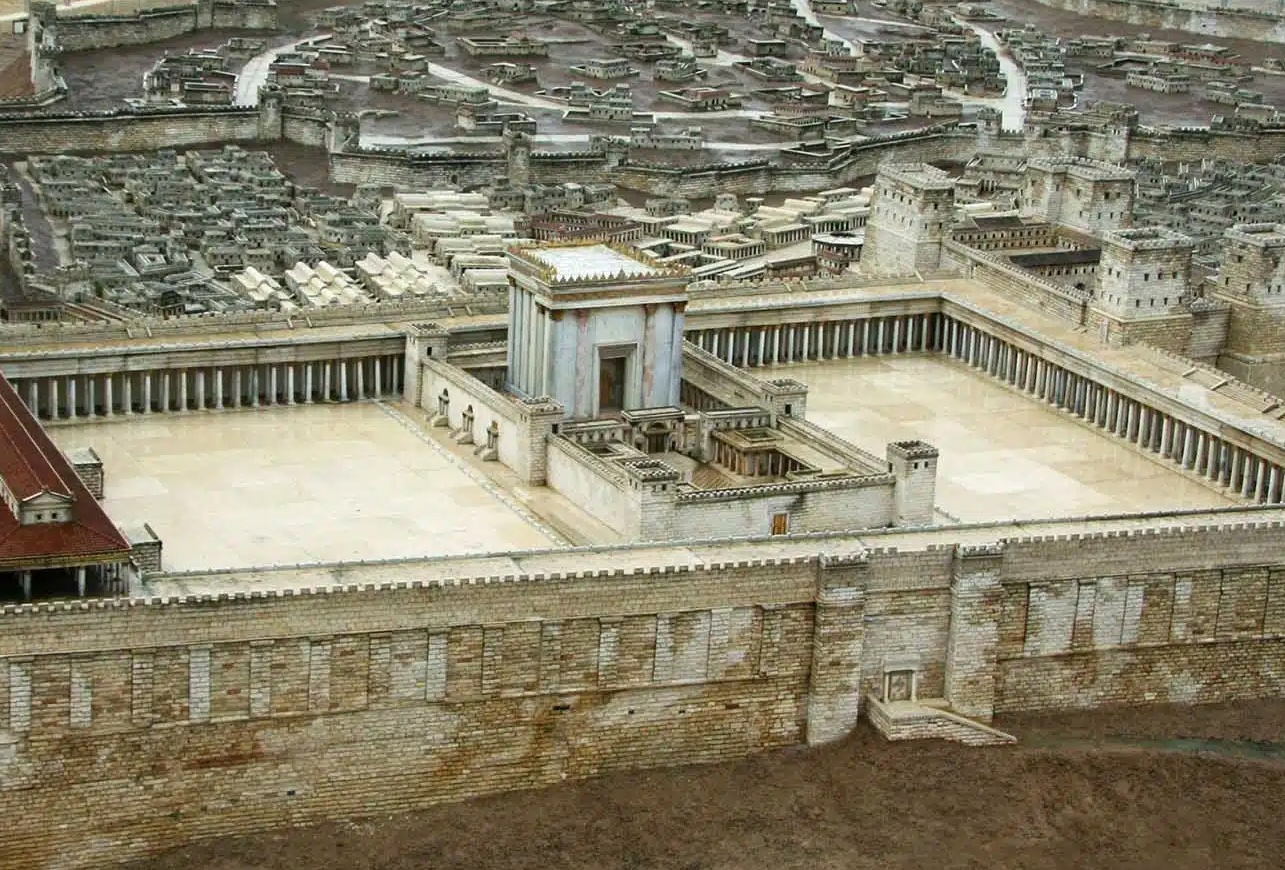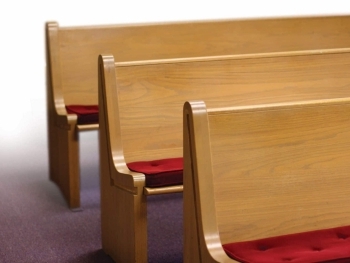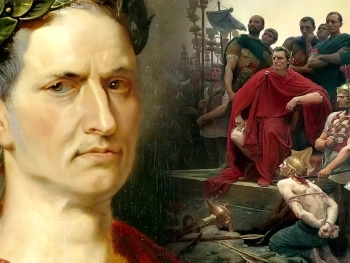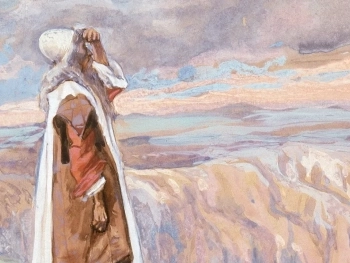Among the architectural wonders of ancient Jerusalem, none held more significance and grandeur than Herod's Temple, a structure that stood as an iconic symbol of religious devotion, political power, and cultural identity. This article takes a quick dive into the historical and biblical context surrounding Herod's Temple, exploring its construction, significance, and the pivotal role it played in the religious and political landscape of its time.
Construction of Herod's Temple: Herod the Great, known for his ambitious building projects, initiated the construction of the Temple in Jerusalem around 19 B.C. His intent was not only to renovate the existing Second Temple but to create a structure of unparalleled magnificence. The construction took several decades and employed thousands of workers, making it one of the most ambitious building projects of the ancient world.
The Temple complex, often referred to as Herod's Temple, comprised several elements:
- The Temple Proper: The central structure where religious rituals and sacrifices took place.
- The Court of the Gentiles: An outer courtyard accessible to non-Jews for worship and trade.
- The Court of Women: A designated area for Jewish women to gather during worship.
- The Court of Israel: Reserved for Jewish men participating in ceremonies.
- The Holy of Holies: The innermost sanctuary, accessible only to the high priest, housing the Ark of the Covenant.
Biblical and Historical Significance:
- Restoration of the Second Temple: Herod's Temple was a significant upgrade to the Second Temple, which had been built after the Babylonian exile. Herod's efforts aimed at not only refurbishing the existing structure but elevating it to a level of opulence and grandeur.
- Symbol of Political Power: Herod, a client king under Roman rule, utilized the construction of the Temple to solidify his political position. The impressive structure was a testament to his loyalty to Rome and his desire to establish Jerusalem as a prominent center within the Roman Empire.
- Fulfillment of Messianic Prophecies: The construction of the Temple had messianic implications for the Jewish people. It became a symbol of hope, aligning with prophetic expectations of a glorious era associated with the arrival of the Messiah.
- Jesus and the Temple: Herod's Temple played a pivotal role in the life of Jesus. Gospel narratives depict Jesus teaching and performing miracles in the Temple precincts. The cleansing of the Temple, as narrated in the Gospels, underscores the spiritual significance and expectations associated with this sacred space.
Destruction and Legacy: Despite its grandeur, Herod's Temple faced a tragic fate. In 70 A.D., during the First Jewish-Roman War, the Temple was destroyed by the Roman forces under Titus. The destruction of this iconic structure had profound implications for Judaism, marking the end of centralized worship and sacrificial practices.
The legacy of Herod's Temple endures through:
- Cultural and Architectural Influence: The remnants of Herod's Temple, such as the Western Wall, continue to be significant religious and cultural symbols for Judaism.
- Theological Reflections: The destruction of the Temple prompted theological reflections on the nature of God's presence and the evolving understanding of worship in Judaism.
Contemporary Reflections:
- Interfaith Dialogue: The history of Herod's Temple provides a platform for interfaith dialogue, fostering a deeper understanding of shared religious roots and cultural heritage.
- Archaeological Discoveries: Ongoing archaeological excavations in Jerusalem offer insights into the construction techniques, design, and cultural context of Herod's Temple.
Herod's Temple stands as a remarkable testament to the intersection of religious, political, and cultural influences in ancient Jerusalem. Its construction, significance in biblical narratives, and eventual destruction contribute to a rich tapestry of history and theology. The legacy of Herod's Temple reverberates through the ages, inviting contemporary reflections on the enduring impact of sacred spaces and the complexities of religious identity.




